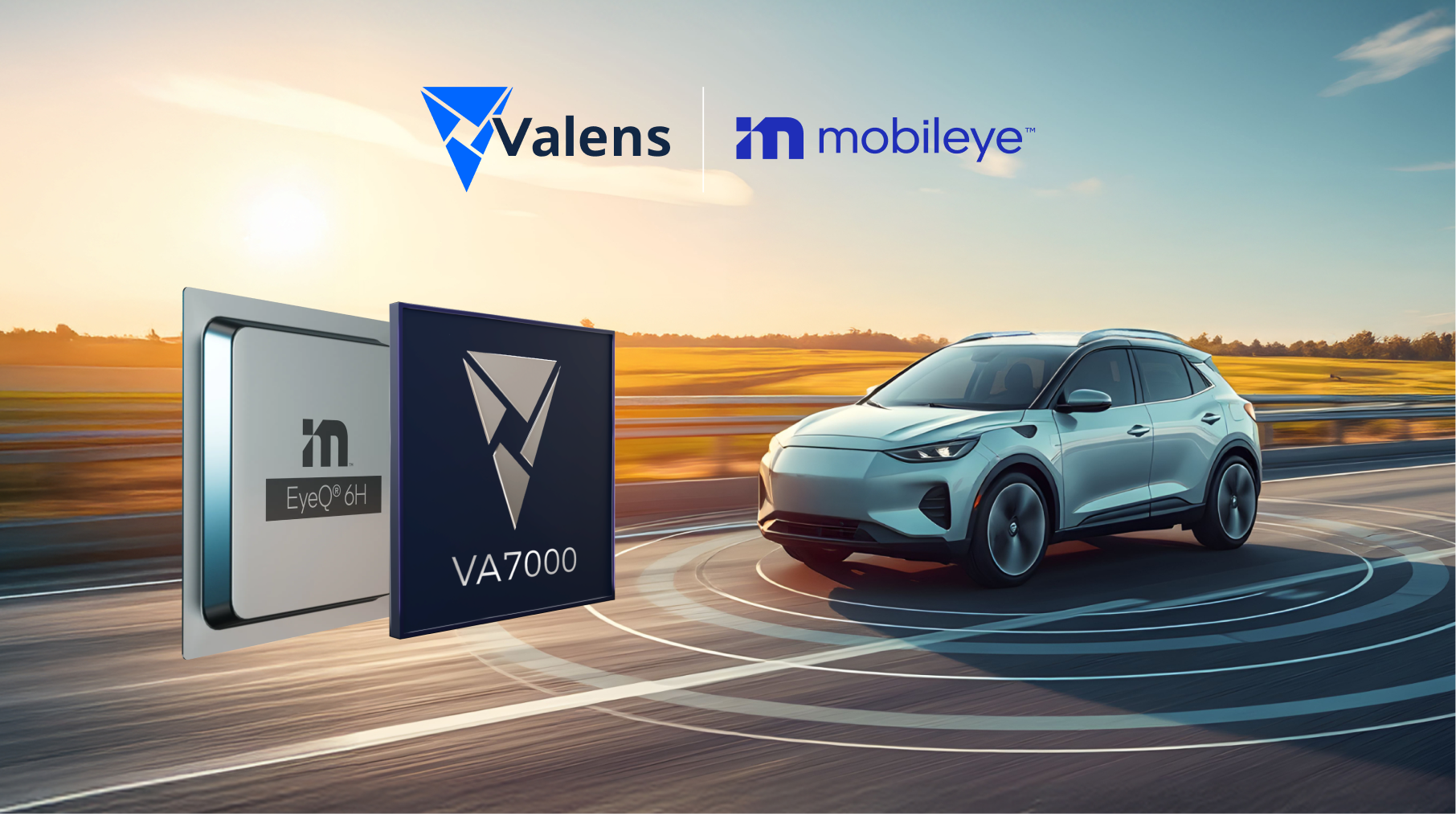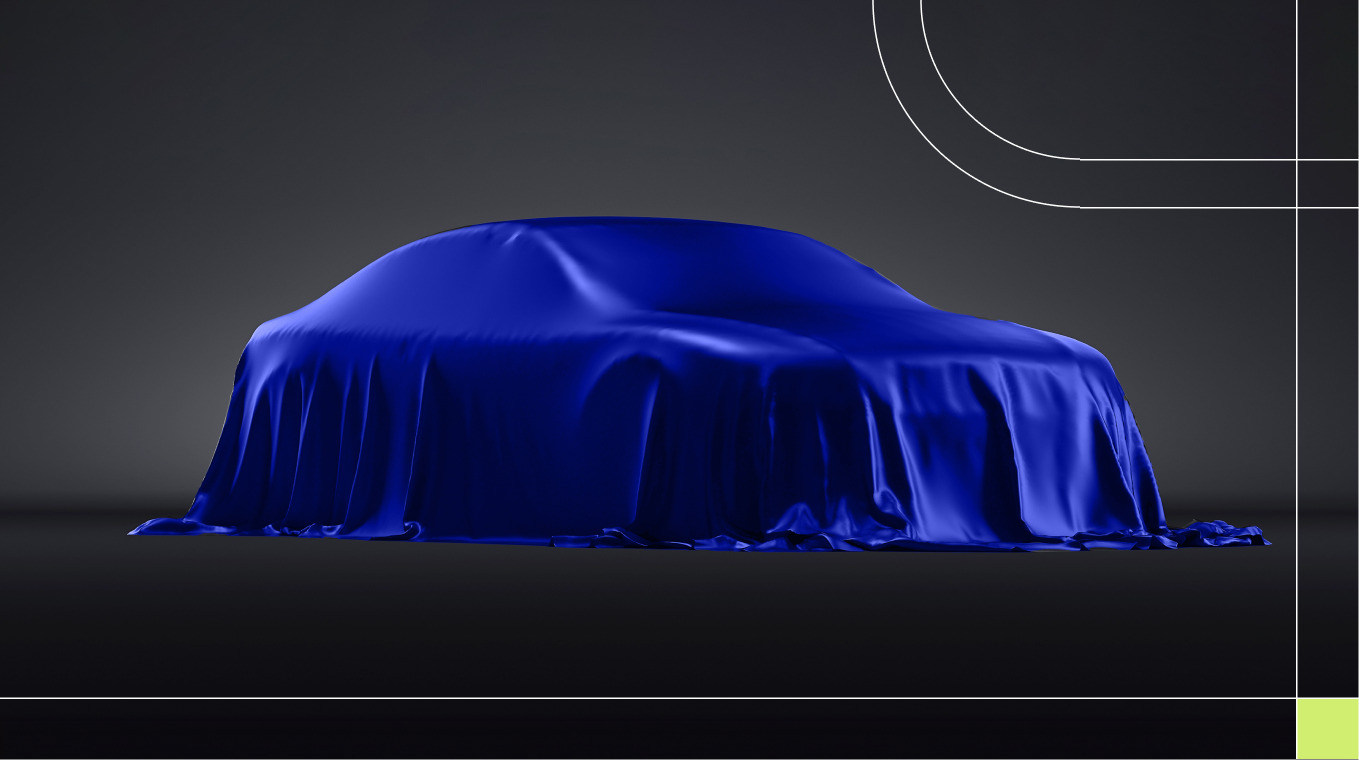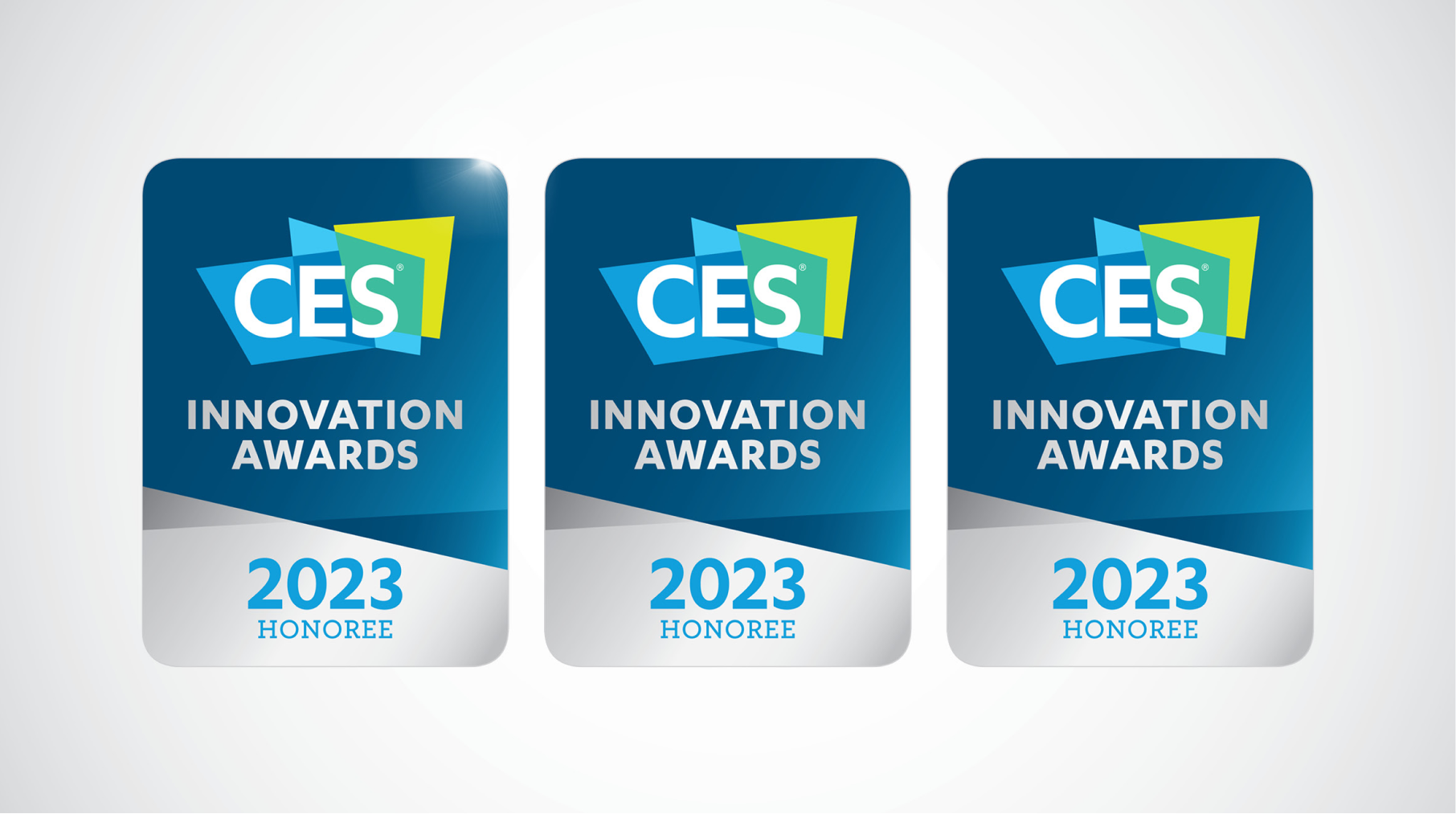20x More Noise Resilience: Valens’ Connectivity Technology Sets a New EMI Performance Standard
By Daniel Shwartzberg, Director of Business Development, Automotive
The Impact of EMC on Mission-Critical Applications
Electromagnetic Compatibility (EMC) is the foundation of stable and dependable connectivity across a wide range of industries. In sectors such as automotive and medical, where lives are at stake, robust EMC connectivity performance is paramount. However, the need for EMI-resistant connectivity extends far beyond these domains. From mission-critical industrial automation to advanced machine vision systems, the demand for reliable data transmission is an unquestionable necessity.
That’s why achieving robust EMC performance is not only a technical requirement, it’s a strategic imperative. In this blog, we’ll explore how Valens is tackling the industry’s toughest EMC challenges and delivering unprecedented noise resilience that redefines what’s possible in connectivity. Valens’ superior PHY technology delivers the most reliable and optimized connectivity solutions for long-reach, high-bandwidth data links. We provide superior performance where others can’t.

The Rising Cost of EMC Failures in the Automotive Industry
In recent years, the automotive industry has seen a growing number of vehicle recalls due to EMC-related failures. Poor electromagnetic compatibility can lead to malfunctions in critical systems, ranging from sensor disruptions to full system failures, which, in worst-case scenarios, could result in life-threatening accidents. As vehicles become increasingly reliant on complex electronic systems which demand ever-increasing data bandwidths, the risk of EMC-related issues grows.
Addressing this challenge isn’t just about improving performance; it’s about preventing costly recalls, protecting reputations, and most importantly, saving lives. Recognizing this need, Valens has set the standard for EMC performance, engineering solutions that ensure seamless connectivity across industries while also setting new benchmarks in automotive.
Putting EMC Performance to the Test: The Valens Shootout
To demonstrate the robustness of our technology and its superiority in real-world conditions, we conducted a live, side-by-side EMC shootout pitting our VA7000 devices against a competing legacy solution, and the results were striking! Valens chipsets withstood 20 times more noise, proving our unmatched resilience in high-interference and challenging environments.
This test was not just about showcasing superior performance – it underscored our commitment to delivering robust and reliable connectivity in real-world conditions.
Engineered for Harsh Environments: The VA7000 Chipset Series
The hidden gem that allows us to deliver these breakthrough results is our VA7000 series chipset, a lineup of devices compliant with the MIPI A-PHY standard. The VA7000 family is designed – from the ground up – to withstand harsh EMC and environmental interferences, including:
- Electromagnetic disturbances from other devices operating in close proximity within the vehicle.
- External environmental factors that traditionally disrupt signal integrity, such as cellphone towers and radar systems.
- Cable degradation over time due to aging, temperature fluctuations, and physical wear.
By ensuring exceptional resilience in challenging conditions, the VA7000 series provides manufacturers with a future-proof solution for high-reliability connectivity.
With three prestigious design wins from leading European automotive OEMs, Valens’ VA7000 chipset is gaining significant industry traction. As the MIPI A-PHY ecosystem expands, driven by key partnerships and successful interoperability testing, the VA7000 series is increasingly recognized as the go-to solution in the market for dependable multi-gigabit sensor links.
How We Do It?
As the automotive industry races to integrate higher-level ADAS and autonomous technologies, vehicles are evolving into high-performance data centers on wheels. This transformation demands high-bandwidth, zero-latency, long-reach connectivity – all while maintaining error-free performance in the harsh in-vehicle electromagnetic environment.
Valens has redefined what’s possible with its super-PHY technology, engineered to overcome the industry’s toughest EMC challenges. Unlike legacy solutions that mitigate the impacts of noise by adding costly shielding, limiting bandwidth, or shortening cable lengths, Valens technology embraces the challenge head-on.
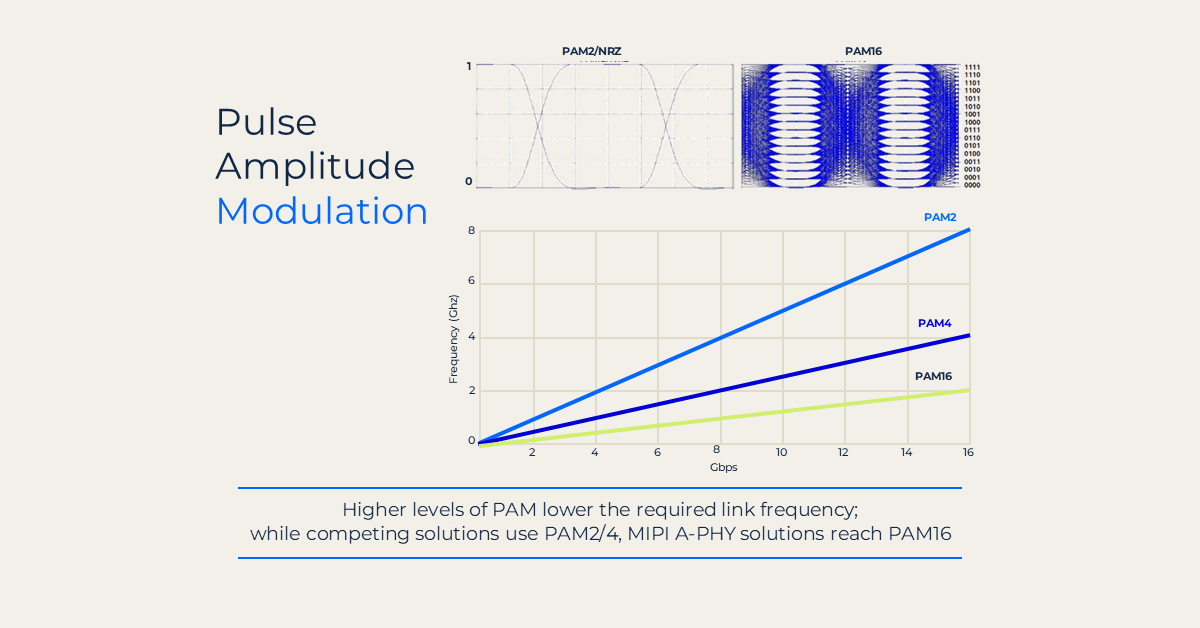
With our just-in-time noise canceller, PHY-level retransmission mechanism, and use of dynamic pulse-amplitude modulation (PAM), we ensure seamless, real-time data transmission, even in high-interference conditions.

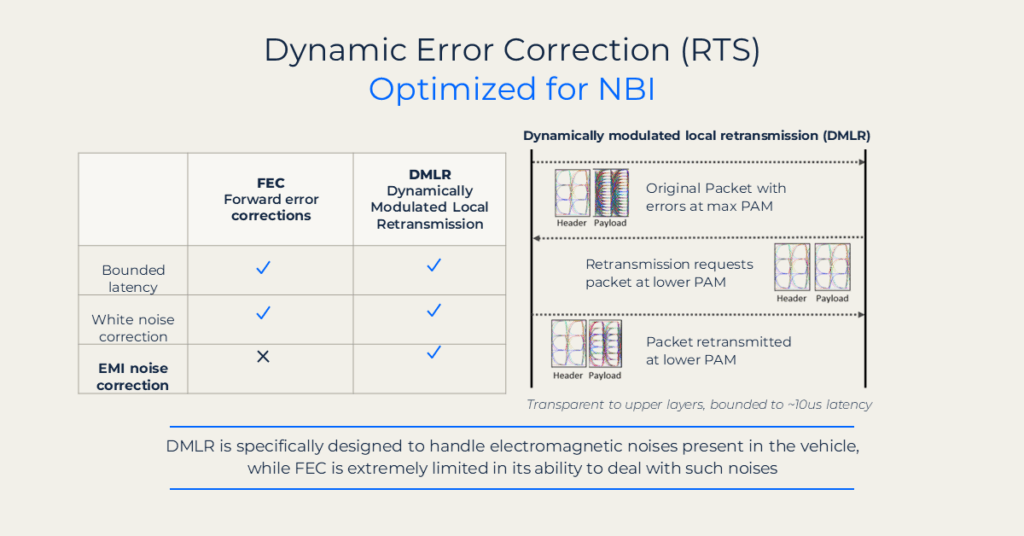
Standardized by the MIPI Alliance and adopted by the IEEE, Valens’ VA7000 series sets a new benchmark for long-reach automotive connectivity, with a rapidly expanding ecosystem of vendors bringing products to market.
Driving Ecosystem Growth: Establishing a New Connectivity Standard
The growing adoption of MIPI A-PHY across the industry underscores the technology’s accelerating momentum. Our strategic partnerships with key ecosystem players, such as Mobileye, LG Electronics, Continental, and Keysight Technologies, underscore the growing industry adoption of our solutions. By delivering best-in-class EMC performance, Valens ensures ultra-reliable, high-speed connectivity, empowering industries to design more efficient, cost-effective architectures with fewer, simpler, and longer-reach cables.
Further demonstrating the maturity of the MIPI A-PHY ecosystem, Valens recently partnered with seven leading silicon vendors – including Analogix, ESWIN Technology, Motorcomm, OmniVision Technologies, Silergy, SimChip, and Velink- to successfully complete product interoperability testing. These efforts established robust A-PHY links with every participating vendor – a major milestone toward positioning MIPI A-PHY as the global industry standard for in-vehicle connectivity. OmniVision Technologies, for example, is developing a sensor with integrated A-PHY, which will lead to a smaller form factor, lower power consumption, and reduced cost. Sensor integration is only possible with a standardized solution, and MIPI A-PHY in particular was designed from the ground up to streamline such integrations, with a small, low power serializer and a high-performance deserializer. This achievements reinforce the strong momentum behind the standard and the expanding ecosystem that supports it. At last, there is a standardized multi-gigabit SerDes solution for sensor connectivity supported by an interoperable ecosystem of silicon vendors!
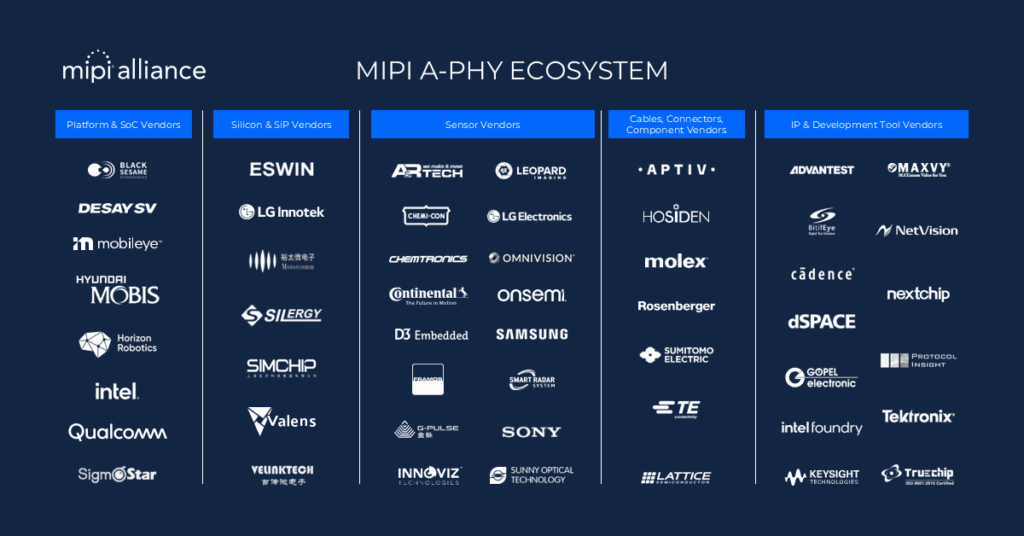
The Real-World Impact: Why 20x More Noise Resilience Matters
The ability to withstand extreme electromagnetic interference isn’t just a technical milestone – it directly translates into practical advantages for manufacturers and end-users alike. By integrating Valens’ technology, companies can:
- Enhance system reliability: Reducing the risk of signal interference ensures uninterrupted operation of mission-critical systems.
- Reduce development costs: Simplified system design minimizes the need for additional shielding and other costly EMC mitigation measures.
- Accelerate time to market: Faster integration and testing streamline the product development cycle.
- Minimize recall risks: In the automotive industry, improved EMC performance helps prevent system failures and costly vehicle recalls, protecting both end-users and brand reputation.
Beyond Today’s Standards: How Valens Is Shaping the Future of Connectivity
The Valens EMC Technology Shootout is a reflection of our dedication to pushing the boundaries of what’s possible in connectivity. We’re not only meeting current industry standards but also anticipating and addressing tomorrow’s challenges.
By choosing Valens, manufacturers can confidently develop next-generation technologies that are safer, more reliable, and better equipped for the demands of an increasingly connected world.
EMI-related connectivity issues are among the most critical and costly challenges facing today’s data-driven systems. At Valens, we’ve engineered a solution that not only solves this growing problem, but redefines the standard for EMC performance across the entire ecosystem.
To find out more, visit our VA7000 series chipset‘s page

